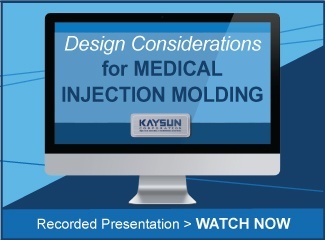Medical Device Development — Don’t Forget Your Injection Molder
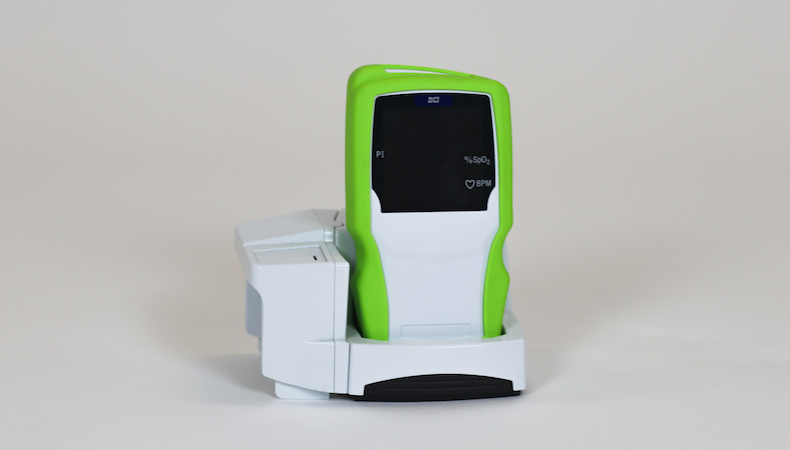
Medical device design engineers often make allowances for the impact that the molding process has on plastic part manufacturability. They carefully consider a variety of design factors like the materials chosen, the part shape and features, surface finish, and the properties of the tool itself. So, why involve an injection molder early in the medical device development phase?
Involving an experienced injection molder early in the design process safeguards against adverse outcomes that a designer may not have anticipated.
When is “early” too early? Never.
Ideally, a molder should be included in the concept and design phase as well as throughout the process. Their expertise in the plastic injection molding process is invaluable in avoiding potential design control missteps and can help address the following issues.
CONSISTENCY
Designing plastic parts for complex medical applications takes on added importance because success isn’t narrowly defined by manufacturability. The medical device or component cannot — must not — fail. To do otherwise increases the risk of recall, warranty claims, and litigation. In worst-case scenarios, failure may prove lethal.
Injection molders and engineers can identify and correct design flaws that lead to failure like inaccurate control points, faulty gate types and locations, insufficient draft, trapped steel, or the introduction of knit lines. Knowing what to look for (and what to avoid) promotes plastic part consistency, which is pivotal in keeping real-world failure rates low. An injection molder can also perform moldfill analysis to identify part issues (e.g., warping) and resolve problems that may arise with tooling or within a tool cavity, such as extended cooling times or air pockets due to unanticipated injection pressure or flow.
Consistency is especially significant when dealing with medical components because repair or replacement could mean additional surgeries and recovery time for a patient; or, in the case of complete failure, there may be life-threatening consequences.
But, not all medical component repairs are caused by defects. Some are anticipated since devices with moving parts will wear and degrade over a lifetime of use. The consistency offered by injection molders is crucial in these circumstances, too. Since the process for making the original and replacement plastic parts is the same, the components are identical and can be substituted with minimal risk.
RELATED CONTENT:
The Benefits of Metal-to-Plastic Conversion for Complex Medical Applications
PERFORMANCE
Experienced plastics engineers ask questions about requirements: How will the component be used? How does it fit within the assembly? What in-use loads will it experience? Examining key functionality factors leads to desired outcomes for injection molded parts: quality design and high performance.
A molder brings specific insights about end-use into the design phase. Beyond plastic strength and durability, they can speak to available attributes that match, and could enhance, application performance. Specific to medical devices, there may be a need for antimicrobial or chemically resistant components, or plastics that can withstand high temperatures or repeated impact.
Many engineers and part designers are painfully aware that designs on “paper” or prototypes don’t always translate to success on the manufacturing floor. Subtle nuances in a design may seem reasonable in the concept and design phase, but may present challenges once it goes into production. Design for manufacturability (DfM) helps ensure that your plan aligns with the process.
By leveraging the knowledge and insights of a plastic injection molding expert, you can avoid costly rework down the road. Design engineers will review your design for plastics selection compatibility and help ensure that production can be streamlined and repeated efficiently when it hits the manufacturing floor, saving time and money.
SPEED TO MARKET
When you involve an injection molding partner that specializes in manufacturing components for medical devices in the design process, you’ll benefit from their experience when it comes to the certification process. Being able to address potential compliance concerns early on will help streamline and expedite the process so you can get to market faster.
To be assured of their industry expertise, look for a MedAccred Plastics accreditation. Such an accreditation indicates that they’re qualified and capable of manufacturing medical components to the required technical specifications and industry standards. Getting to market on time is not only cost effective, it also allows your potentially life-saving medical devices to get into the hands of those who need it most in a more timely manner.
Complex medical applications require the flawless manufacturability that only an expert custom injection molder can provide. However, by taking a step back from production and bringing the molder in early during the design phase, you have the opportunity to leverage knowledge that will keep your business and end-users out of harm’s way.
Kaysun’s engineers are specially trained to optimize every facet of the design and manufacturing process including plastics selection and tooling. Feel free to contact us to talk through your latest design project. For additional insights on how to anticipate and overcome troublesome design and engineering challenges, access our on-demand video presentation below, Design Considerations for Medical Injection Molding.
Subscribe
TO OUR BLOG

How Do Injection Molder Partnerships Influence Project Costs?
You Might Also Like...
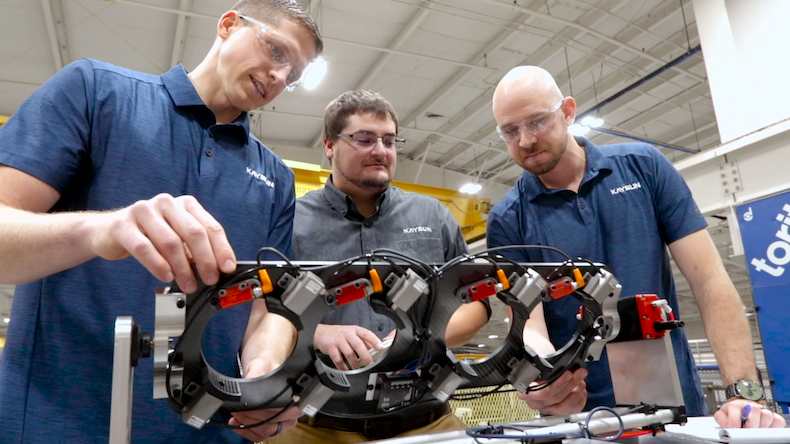
4 Factors That Reveal an Injection Molder’s Plastic Engineering Bandwidth
There’s no one indicator that points to a custom injection molder’s readiness and …
READ MORE
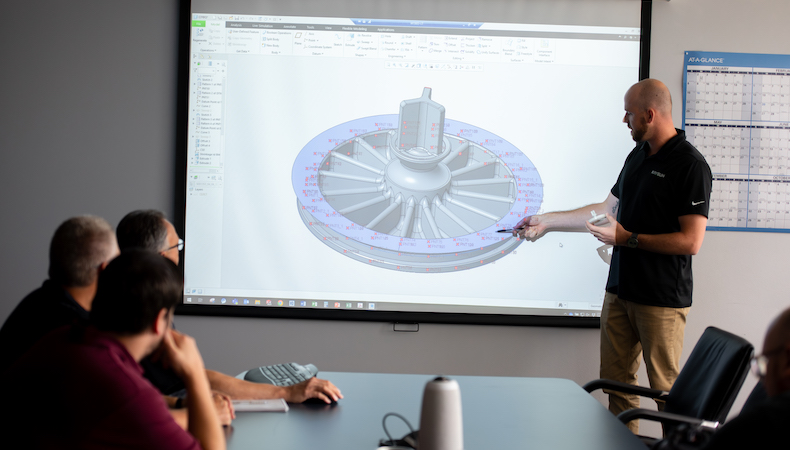
How VA/VE Improves Injection Molding Quality Control
Value Analysis/Value Engineering (VA/VE) is a systematic approach to cost manageme…
READ MORE
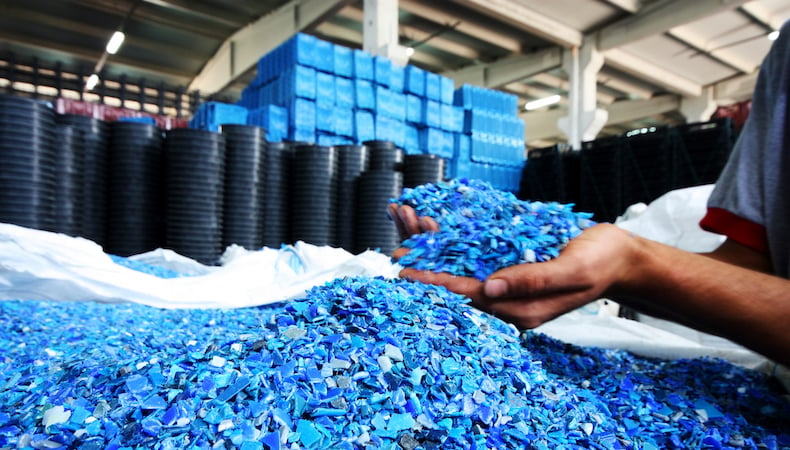
How to Design for Sustainable Injection Molding: Values, Materials & Processes
Sustainability is an increasingly urgent concern for businesses. On one hand, cons…
READ MORE
